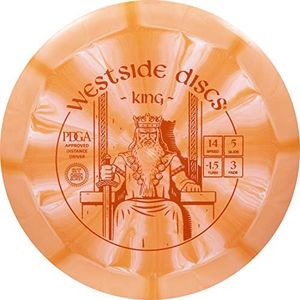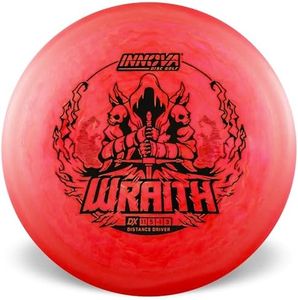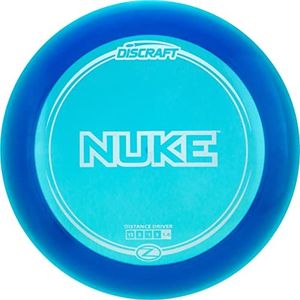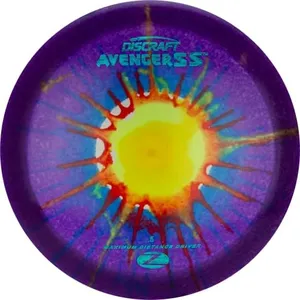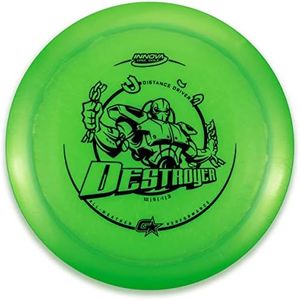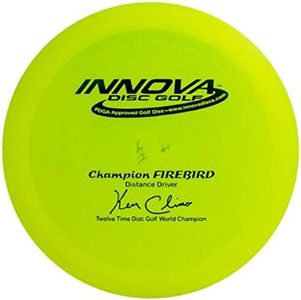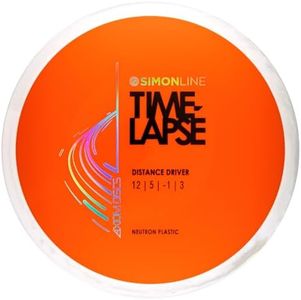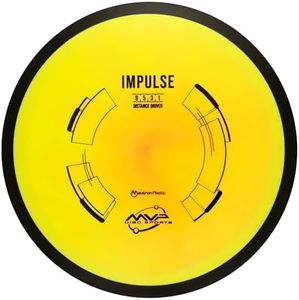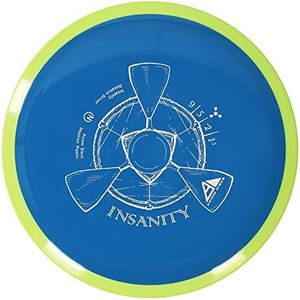We Use CookiesWe use cookies to enhance the security, performance,
functionality and for analytical and promotional activities. By continuing to browse this site you
are agreeing to our privacy policy
10 Best Forehand Disc Golf Driver
From leading brands and best sellers available on the web.By clicking on a link to a third party's website, log data is shared with that third party.
Buying Guide for the Best Forehand Disc Golf Driver
Choosing the right forehand disc golf driver can make a big difference in both your performance and enjoyment of the game. The key is understanding how different features of a disc affect how it behaves, especially for forehand throws where stability, grip, and comfort are crucial. When picking a driver, it's important to know what each specific feature means and how it aligns with your personal throwing style, hand size, and skill level. Your best option will help you feel confident in your throws, control your shots, and comfortably develop your technique over time.Stability (Turn and Fade Ratings)Stability refers to how much a disc resists turning over or fading during flight. For forehand throws, discs with a bit more stability are often preferred because forehand throws naturally put some spin and force on the disc that can cause less stable discs to flip too much. Stability is usually represented by two ratings: turn (how much it turns to the right for a right-handed thrower) and fade (how much it finishes to the left). Overstable discs (high fade, low turn) are best for those who have more arm speed or who want predictable finishes, while understable discs (low fade, higher turn) can help beginners get more distance. Consider your comfort and power: if you’re newer to forehand throws, start with something not too overstable so you can learn proper form without the disc fading out hard.
SpeedSpeed is a number that shows how fast you need to throw the disc for it to perform as intended. Disc golf drivers come in different speed ranges, usually from around 7 (fairway driver) to 14 (distance driver). Higher speed discs have thinner edges and can go farther but require more power and technique, while lower speed discs are easier to control and better for beginners. For your forehand, pick a speed that matches how hard you can throw; if you can’t get enough power into a high-speed disc, it won’t perform well and might fade out early.
GlideGlide is about how long a disc will stay in the air. Ratings range from low (less glide) to high (more glide). More glide helps discs float farther without much effort, which is handy for newer players or those who need more distance. However, advanced players or those with strong forehands may prefer less glide for more predictability and control, especially in windy conditions. Think about your goals: if you want maximum distance with less power, go for higher glide. If you prefer control and consistency, a lower glide rating can be better.
Rim WidthThe rim width is how thick the edge of the disc is, and it affects both comfort and how easily you can grip and snap the disc. Wide rims are common in high-speed drivers and can offer more distance potential, but they require larger hands and good technique for consistent forehand throws. Narrow rims are easier to grip and control, making them better for beginners or those with smaller hands. When choosing, pick a rim width that feels comfortable in your grip and allows you to cleanly release the disc for accurate throws.
Plastic TypeDisc golf discs come in different plastic blends, each offering a different feel, grip, and durability. Softer plastics can be grippier and more forgiving but might wear out faster, while harder plastics are more durable and can be less affected by minor impacts. For forehand throws, many players prefer a plastic that has a good balance of grip and firmness to prevent the disc from slipping during the faster, more forceful release typical of forehand technique. Try to find a plastic type that feels good in your hand and gives you the confidence to throw hard without worrying about losing grip.
